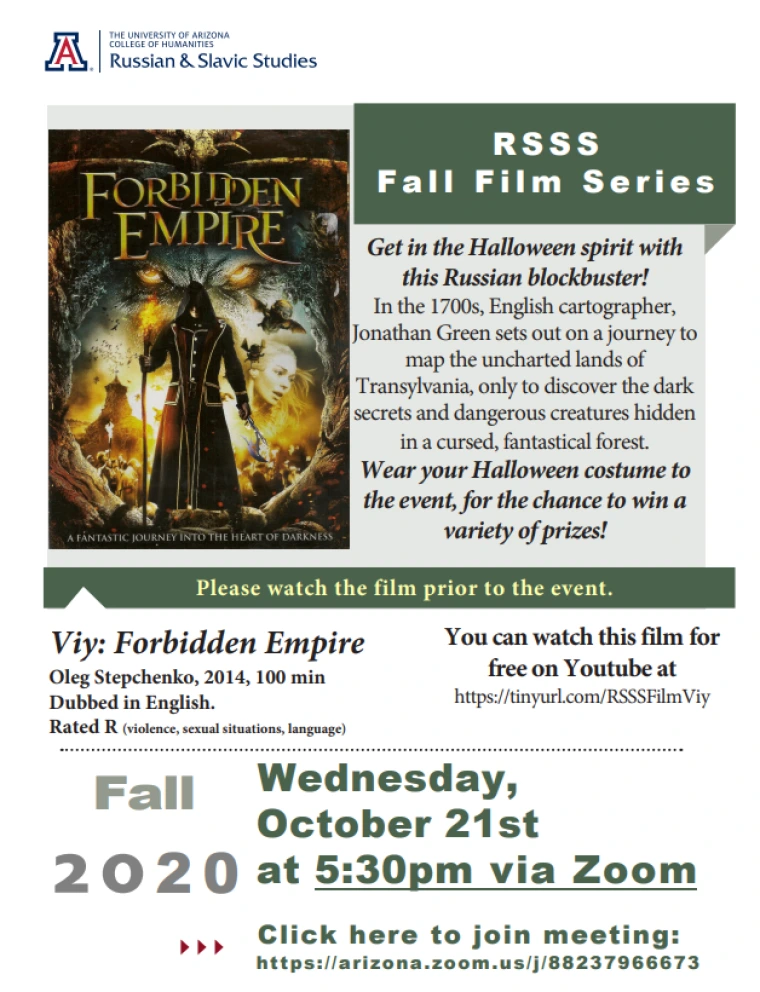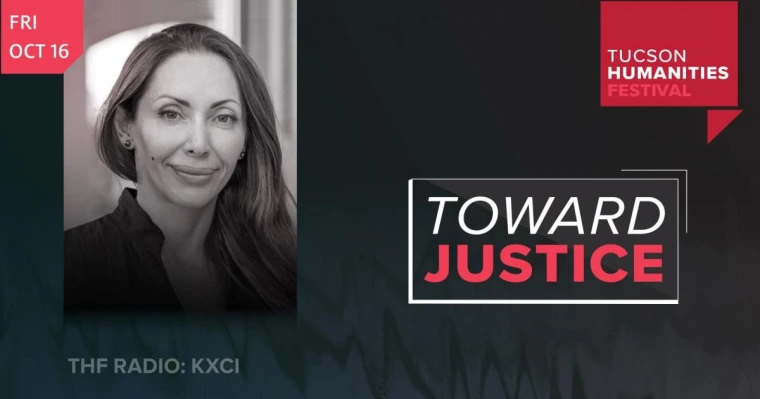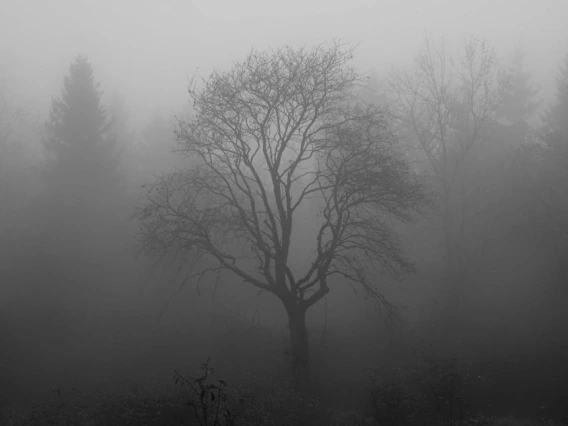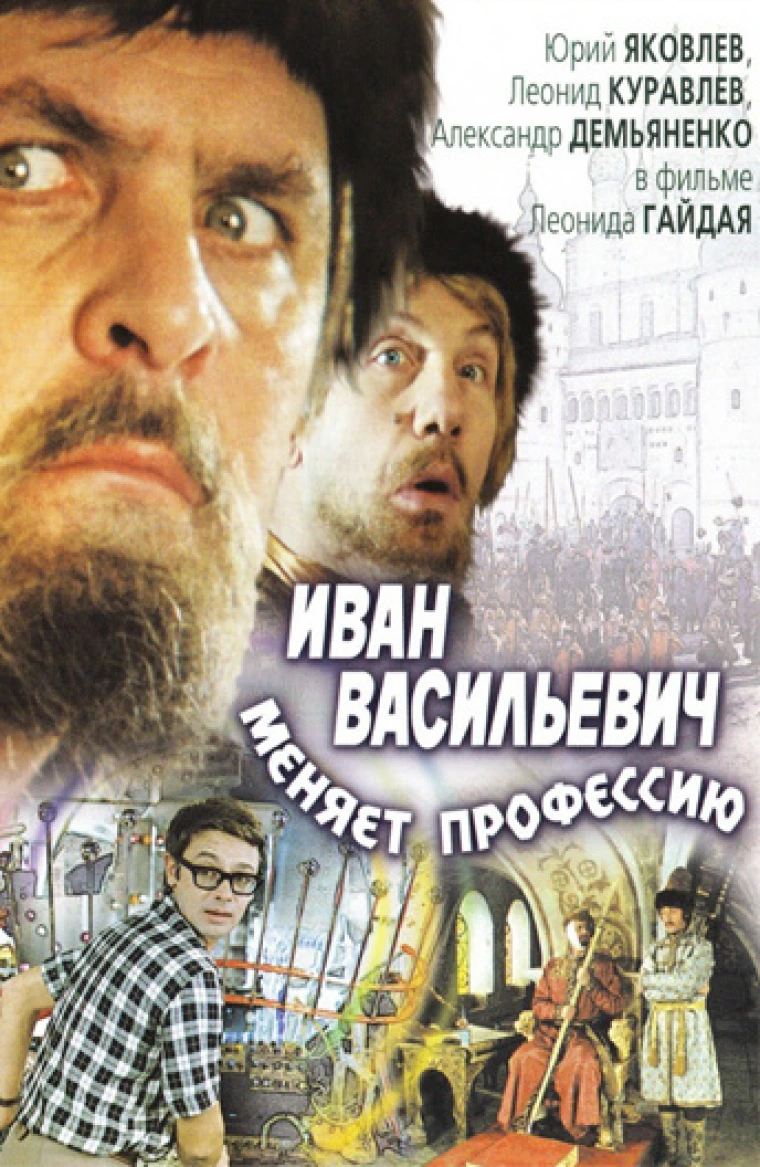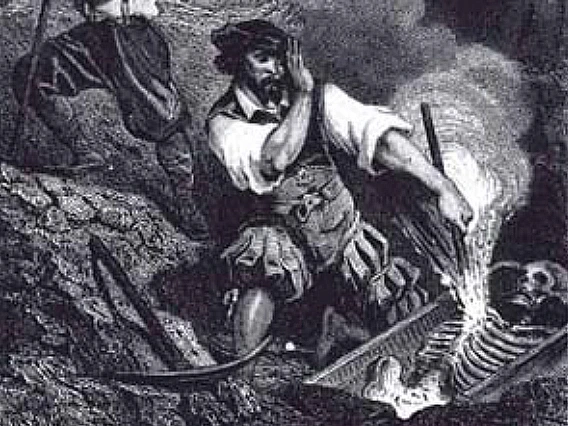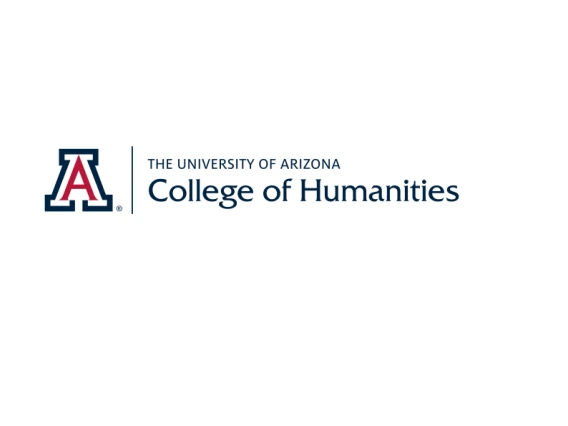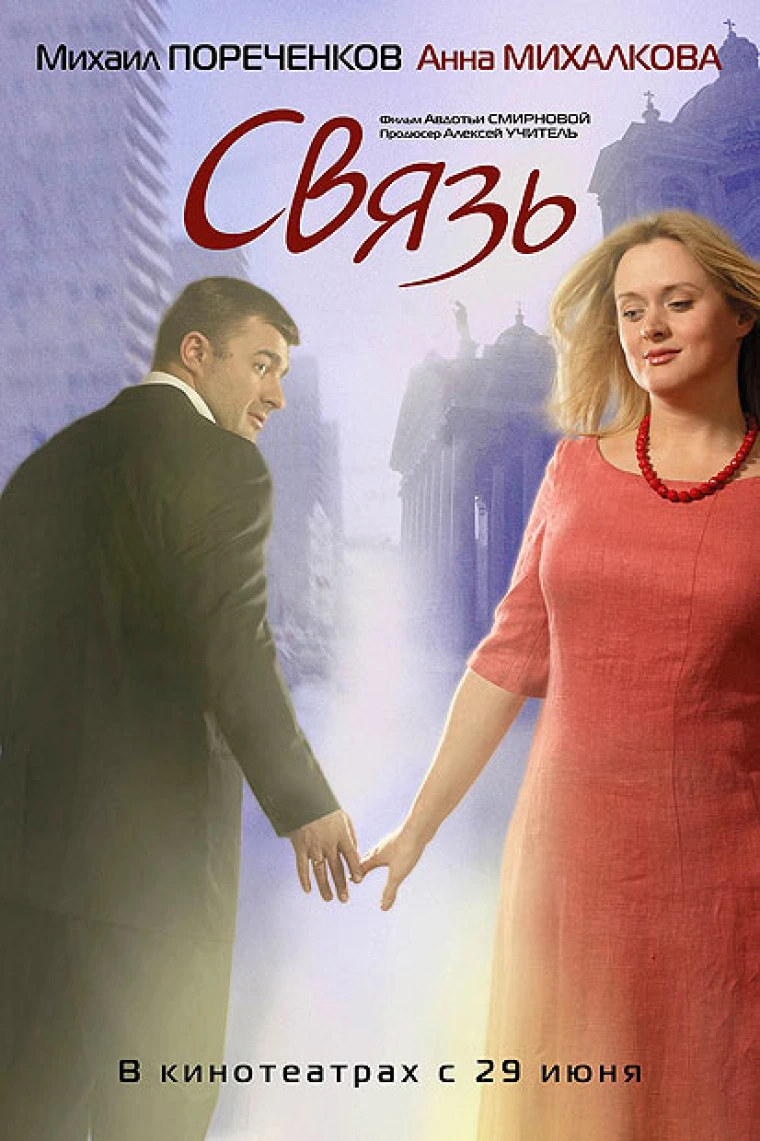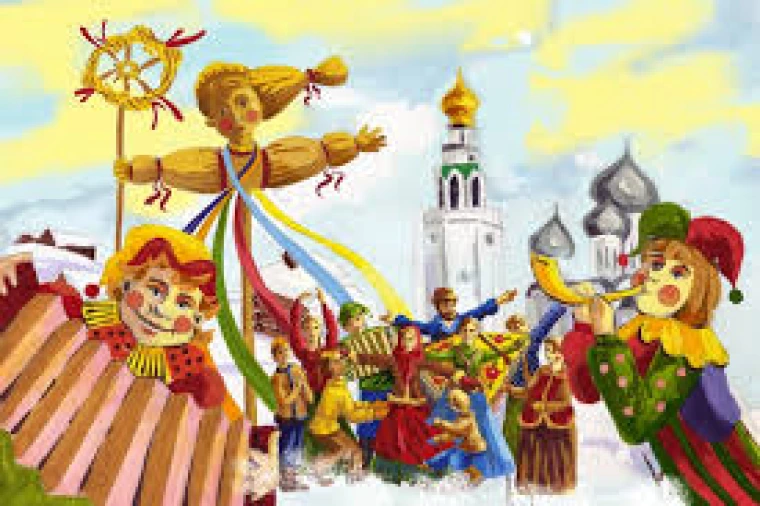Colleen Lucey, Assistant Professor of Russian and Slavic Studies, describes how figures from folklore, like vampires, are tied to outbreaks of disease, and how the development of these stories about vampire epidemics reflect the state of society, including fears, anxiety and sense of loss.
Q: How are figures from folklore, like vampires, tied to outbreaks of disease?
A: Vampires, particularly those in Slavic folklore, are thought to bring hardship and distress to a community. In some tales, the vampire appears as a mysterious outsider who, although initially friendly and attractive, turns out to be a predator that drinks the blood (or devours the flesh) of unassuming victims. The moral in such tales is be wary of outsiders, of those you don’t know. Such folktales demonstrate the psychological function of the vampire to act as a scapegoat for public health crises like outbreaks of disease. When groups of close-knit individuals begin dying and the cause isn’t clear, vampires appear as the cause of contagion and death.
In other instances, though, the vampire is not an outsider, but rather a relative who poses a direct threat within the family. It was a common belief that people who died of unnatural causes would become vampires. After death, the Slavic vampire would visit its relatives first (particularly a spouse) and drink their blood, thus leaving their closest loved ones ailing, and possibly leading to their demise. In this instance, I would argue, the vampire functions both as a projected longing for the recently departed and an anthropomorphized fear of disease transmission. It makes logical sense that if one person dies of an unexpected cause—possibly a disease—and then in short time her closest family members begin falling ill, that tales of “vampirism” serve to rationalize what today we know to be contagious infections.
Q: How do these stories reflect the state of society, including fears, anxiety and sense of loss?
A: One of the lessons to glean from these stories is not just their importance to folklorists, but how the vampire myth has acted as a powerful means to grapple with the fear of death and our sense of loss. In the 1730s, for instance, an island off Croatia called Lastovo experienced widespread death. Uncertain of the source, the community pointed to vampires for the epidemic. They formed groups of vampire hunters, solicited help from the local clergy, and began excavating graves of the recently dead. When they opened the caskets, they found supposed signs of vampirism (bloated body, skin that appeared fresh, hair and nails that looked to have grown, exposed teeth). While these are natural processes associated with the decomposition of the body, the locals of Lastovo believed their worst fears had been confirmed and that their loved ones had become vampires. Confident that they were protecting the community from disease, these local vampire-hunting vigilantes staked the corpses or decapitated them.
I regularly teach about the events of Lastovo in my class RSSS 315: Werewolves and Vampires, usually to demonstrate the types of community responses to “vampire epidemics.” With the outbreak of COVID-19 and the fears we all face regarding disease transmission, the experience of Lastovo has taken on new meaning. The same feelings of fear, loss, and anxiety the people of Lastovo felt we are experiencing in our daily lives. In times of panic and uncertainty communities can come together to support one another, but they can also fall apart and seek scapegoats to place blame. As a nation, we are experiencing this daily with COVID-19. The impulse to blame those who are ill--that they are the cause of contagion and death--showcases both irrationality and lack of empathy. Pointing blame where none exists can turn violent and xenophobic. As the recent attacks against Asians and Asian Americans in the US shows, there is a lot we still have to learn as a country about tolerance and empathy.
Q: Bats are a typical feature of vampire stories – how do those fears relate to ongoing misunderstandings of bats and the origin of COVID-19?
A: The clue to being better friends and neighbors during COVID-19 might actual be found by studying the behavior of vampire bats, who are rather generous and thoughtful creatures. That may sound strange, given that vampire bats have a bad reputation for spreading diseases, like rabies. But, in fact, vampire bats are remarkably social beings. They form long-term social relationships, as recent studies by Dr. Gerry Carter (assistant professor, Ohio State University) have shown. Moreover, vampire bats know that sharing is caring—they regularly regurgitate food (i.e. blood) into the mouths of relatives and those in their social group. Vampire bats are believed to socially distance during illness as well. If a mother bat believes her child-bat to be sick, she stops sharing food with others and cares only for her offspring.
While scientists believe that COVID-19 originated in bats before transferring to an intermediary animal and ultimately to humans, there is no evidence that desmodus rotundus (commonly referred to as the vampire bat) is the cause of coronavirus. As conservation groups point out, bats are commonly misunderstood and therefore feared. In reality, they are amazingly diverse, complex, and fascinating creatures. Making up nearly a quarter of all mammal species, the 1000 different types of bats are truly remarkable. You can learn more about the bats native to the Sonoran region at Tucson’s Arizona-Sonora Desert Museum.
Bram Stoker’s iconic novel Dracula popularized the image of vampires as cruel monsters who shapeshift into bats. If Stoker’s Count Dracula could have been more of the generous vampire bat and less of the psychotic killer, things could have turned out differently for the arch-villain.
Q: Vampire mythology and stories also include supernatural elements of immunity. How does this relate to asymptomatic carriers of COVID-19 and antibody testing?
There are interesting parallels between folkloric beliefs to protect from vampires and how we think about immunity today. Scholars, including Thomas Garza and Jan Perkowski outline various precautions Slavic people undertook to ward off vampires, including placing garlic around the windows and doorways and placing salt around one’s body. Sealing off the house—as well as the body—helped prevent a vampire from entering. In a related way, our current practices of social distancing mirror those types of preventative behaviors found in folk traditions.
The question of immunity brings up complicated issues regarding exposure to the coronavirus. We will soon face a reality where some of us will be immune to COVID-19, while many others will remain susceptible to the virus. How will society function, what will our lives look like if immunity grants special status? Will immunity to COVID-19 provide newfound privileges, and if so, how will we mitigate their allocation in fair, equitable ways?
While not a direct answer to these questions, representations of vampire-human hybrids and the assimilation of vampires into society project alternative possibilities in imagined futures. Blood transfusion, gaining exposure and immunity to vampires, and possessing antibodies factor into popular representations of the vampire. The Blade trilogy reimagines the legend by taking into account the power of human-vampire hybrids who are immune to vampires. The HBO series True Blood projects an alternative reality where vampires no longer pose a direct threat to humans because they can feed on synthetic blood. And in the hilarious mockumentary What We Do in the Shadows, vampires are adorably out-of-sync with life in the 21st century, making them loveable to audiences. These various iterations of the vampire legend prove that we project onto this monster our own fears about disease, but also the possibility of surviving in a radically challenging world.
